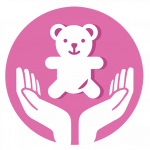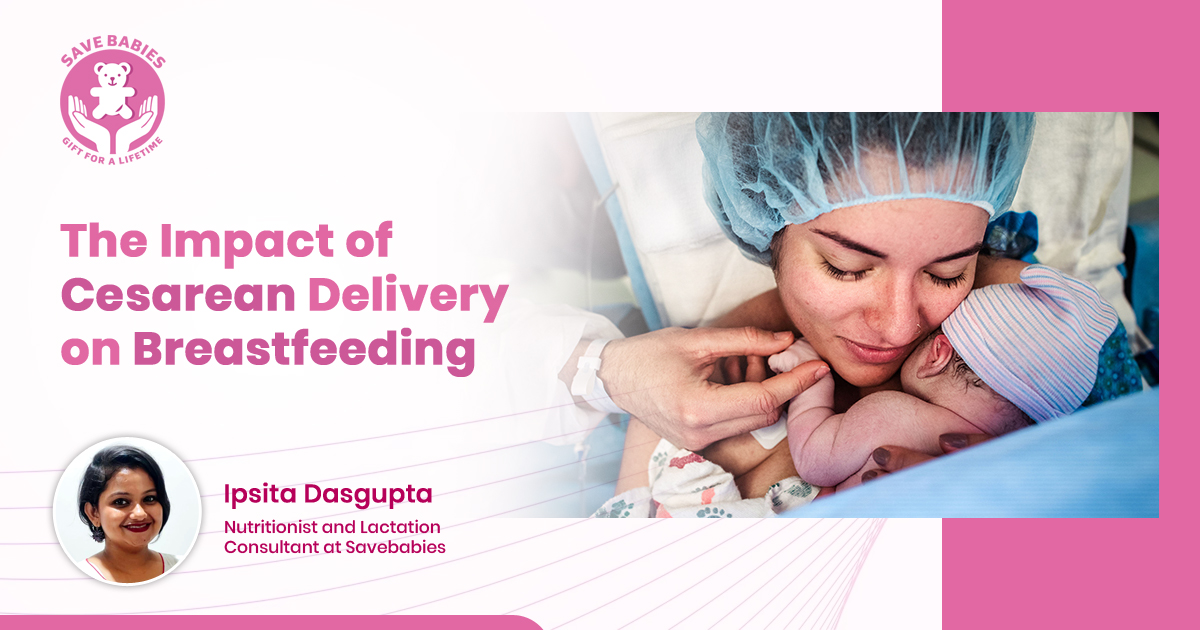Every breastfeeding journey is unique, and the method of delivery can play a significant role in shaping that experience. In India, vaginal delivery (also known as normal delivery) and cesarean delivery (commonly referred to as c-section) are the two most commonly used methods. This article focuses on the impact of cesarean delivery on new mothers and provides practical tips and tricks to overcome the challenges associated with breastfeeding after a c-section.
Understanding Cesarean Delivery:
A cesarean delivery, also known as cesarean birth or c-section, is a surgical procedure performed to bring a baby into the world. It can be planned in advance or done on an emergency basis. Recovery from a c-section takes slightly longer compared to vaginal delivery.
Challenges Faced by New Mothers after a C-Section:
Breastfeeding may pose some challenges for new mothers in the first few weeks following a c-section. The recovery from the surgical procedure can make breastfeeding more challenging initially. However, neonatologists, midwives, and lactation consultants at hospitals are there to guide new mothers during the initial days, ensuring that their newborns receive the essential nourishment.
Common challenges faced by new mothers after a c-section include:
- Pain due to the incision.
- Difficulty in finding a comfortable feeding position.
- Limited mobility during the first few days.
- Delayed initiation of breastfeeding.
- Fatigue.
The Role of Hormones in Breastfeeding:
Breastfeeding is influenced by hormones, and a mother’s body starts preparing itself even before the baby is born, regardless of the delivery method. Lactation begins during the second trimester of pregnancy as estrogen and progesterone levels rise. While a cesarean delivery may pose initial challenges, it cannot hinder a mother’s breastfeeding journey due to the power of hormones.
Tricks to Overcome Breastfeeding Challenges after a C-Section:
- Emphasize skin-to-skin contact between the mother and baby within the first 24 hours, as it signals the brain to produce milk.
- Explore alternative breastfeeding positions such as the football hold or side-lying position if sitting is uncomfortable.
- Use pillows to support your body while feeding to prevent pain and discomfort, especially in the back.
- Seek help when needed to ensure you get adequate rest and sleep, which aids in speedy recovery.
- Understand that a c-section involves surgery, pain relief medications, and emotional ups and downs, which may affect the timing of breast milk production. Feed your baby frequently and on demand to stimulate milk production.
- If your baby is temporarily separated from you, request a breast pump to express milk every two or three hours. This helps trigger milk production and maintains the milk supply until the baby is reunited with you.
- Establishing successful breastfeeding may require time. Focus on maintaining proper nourishment and hydration. Since breast milk consists mostly of water, staying hydrated is crucial. Include a variety of vegetables, leafy greens, and protein-rich foods in your diet, such as chicken, fish, eggs, soybeans, and paneer. Consuming at least one serving of fruit daily is also recommended
Breastfeeding after a c-section may present initial challenges, but with practice and complete recovery from the surgery, it becomes easier over time. Remember to seek help from lactation consultants whenever needed, as they can provide valuable guidance and support. Throughout your breastfeeding journey, you may experience a range of emotions. Embrace these moments, believe in yourself, and know that you are doing your best to care for your baby. Cherish this remarkable journey with your little one, as these precious moments will never come back.




